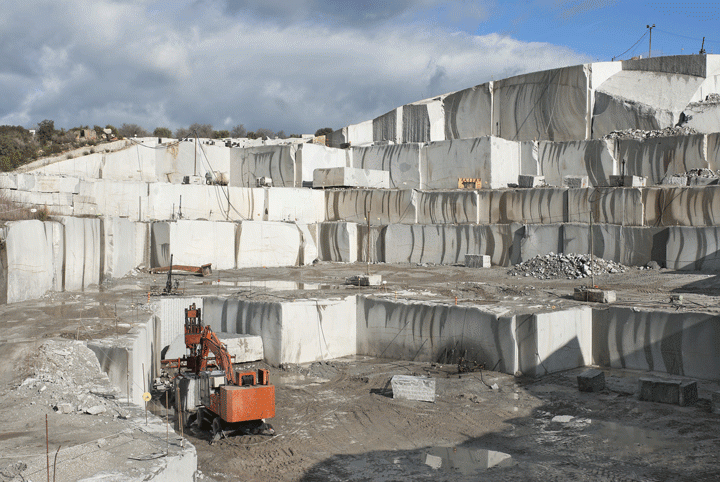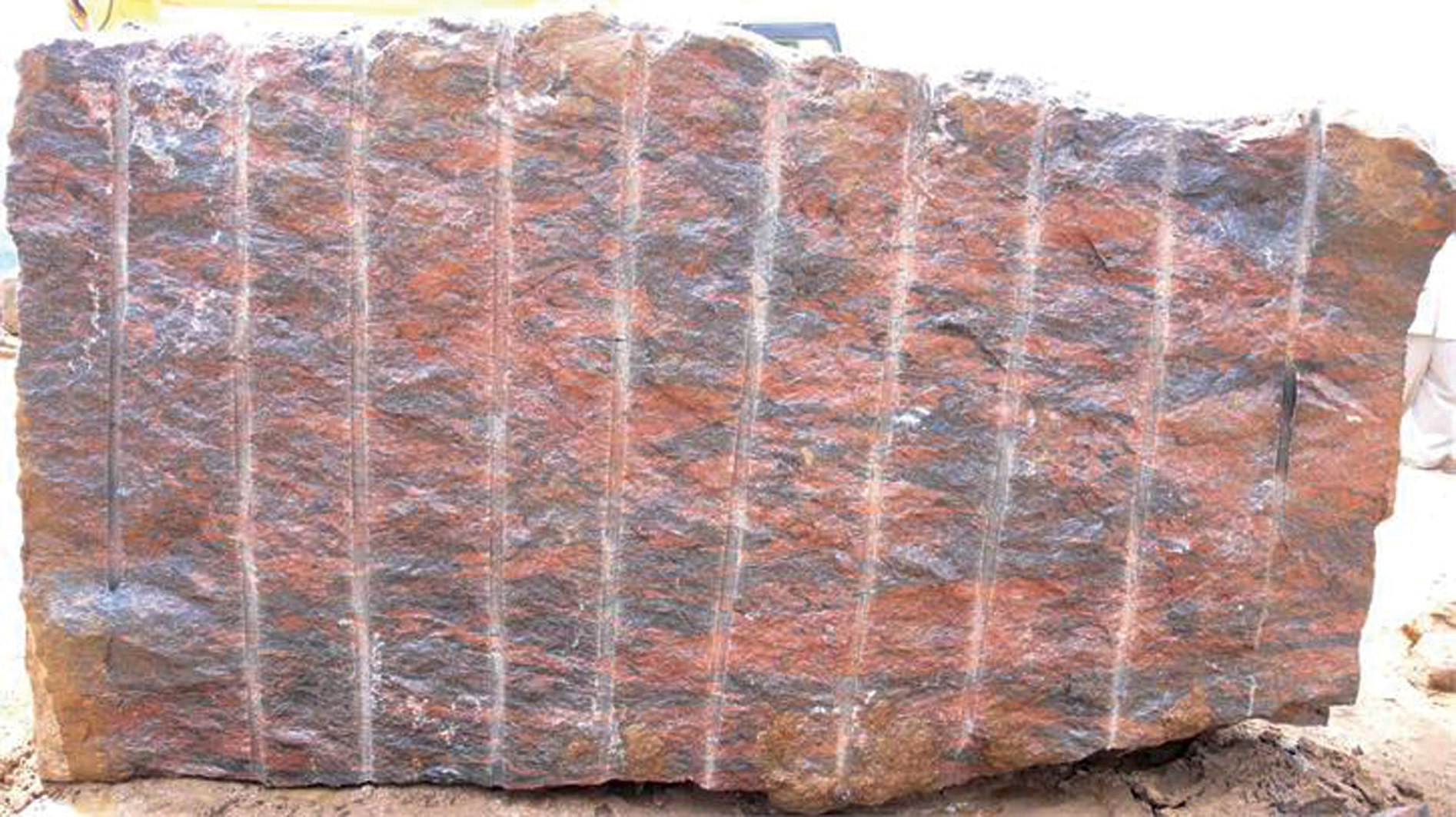Revealing the Mysteries of Granite Quarrying: Where Strength and Elegance Meet
The world of granite quarrying is a world where the raw toughness of nature converges with human creativity to develop structures that stand the examination of time with an air of beauty. From the depths of quarries to the meticulous sprucing up in workshops, the process of changing granite right into architectural marvels is an intricate dance of tradition and technology. As we peer into the depths of this old craft, we start to reveal the surprise intricacies that shape the really essence of our developed atmosphere.
The Beginnings of Granite Quarrying
In the annals of building background, the beginnings of granite quarrying are shrouded in a tapestry of ancient workmanship and geological marvels. Dating back to ancient Egypt and Mesopotamia, the extraction of granite from quarries noted the start of a trip that would at some point bring about the production of several of the world's most iconic structures.
Granite quarrying's roots can be mapped to the knowledgeable craftsmens that identified the rock's sturdiness and visual allure. Through a mix of primitive tools and large resolution, these very early quarry workers discovered granite blocks that would come to be the building blocks of people.
As people evolved, so did the methods of quarrying granite. The Romans, renowned for their design prowess, developed innovative techniques for drawing out granite to create monuments, holy places, and roadways that stood the test of time.
The heritage of these old quarrying methods proceeds to form contemporary architecture, with granite staying an icon of strength and sophistication in building tasks around the globe. (granite quarries in south africa)
Tools of the Quarrying Trade
The development of granite quarrying methods from ancient civilizations to contemporary times highlights the essential role played by the devices of the quarrying sell forming the industry's techniques. In old times, quarrying tools were fundamental, usually consisting of blades, hammers, and wedges made from materials like bronze or iron. These tools called for considerable manpower and time to extract granite blocks from quarries.

Additionally, the introduction of pneumatically-driven tools and high-powered machinery has considerably reduced the physical labor required in quarrying procedures, improving worker safety and security and performance. As the quarrying industry proceeds to innovate, the devices of the profession remain at the leading edge of driving development and forming the future of granite removal.
Extracting Blocks of Granite
Using accuracy machinery and progressed methods, the extraction of granite blocks from quarries has become a sophisticated procedure in the modern-day quarrying market. The preliminary step involves recognizing the place and size of the granite deposit to determine one of the most effective extraction approach. As soon as an appropriate site is selected, the removal process begins with the boring of openings for the positioning of explosives. Managed blowing up techniques are then used to disintegrate the granite into workable areas.

Polishing and Completing Techniques
To attain a remarkable surface on granite blocks, competent artisans employ a series of precise polishing and completing techniques. After the preliminary extraction and forming processes, the granite obstructs undergo a complete sprucing up stage to boost their natural appeal and sturdiness. One typical approach made use of in brightening granite is diamond abrasion, where commercial diamonds are utilized to grind and right here brighten the stone to a smooth surface. This process not just creates a shiny surface however likewise makes sure harmony in shade and texture throughout the granite block.
Along with polishing, ending up strategies are related to additional fine-tune the granite's appearance. These techniques might consist of flaming, developing, or brushing, each offering distinct textures and surfaces to fit different aesthetic preferences. Flaming, as an example, involves revealing the granite surface area to high temperature levels to create a harsh, distinctive coating, suitable for outdoor applications where slip-resistance is vital. Honing, on the various other hand, supplies a matte surface that is smooth to the touch, ideal for interior counter tops and floor covering. By very carefully selecting and using these polishing and finishing strategies, artisans can transform raw granite blocks into exquisite pieces that showcase both stamina and beauty.

Ecological Effect and Sustainability
With the growing focus on environmental awareness in the market, granite quarrying methods are progressively scrutinized for their effect on all-natural resources and long-term sustainability. Additionally, the transport of granite from quarries to refining facilities produces carbon discharges, better adding to environmental degradation.
To reduce these effects and guarantee sustainability in granite quarrying, sector stakeholders are adopting different actions. Applying sophisticated technologies to minimize energy consumption and water usage, redeeming quarried land for environmental reconstruction, and advertising liable sourcing techniques are some methods being utilized. Qualifications such as the Forest Stewardship Council (FSC) and the Leadership in Energy and Environmental Design (LEED) help consumers recognize eco pleasant granite items.
Conclusion
Finally, granite quarrying is a procedure that needs specialized devices and strategies to remove blocks of granite and brighten them to a high degree of finish. While the environmental influence of quarrying page can be substantial, initiatives are being made to improve sustainability practices in the market. Generally, granite quarrying is a delicate balance in between using the stamina and elegance of this all-natural stone straight from the source while minimizing its effect on the environment.
Comments on “The Hidden Gems: Checking Out Granite Quarries in South Africa”